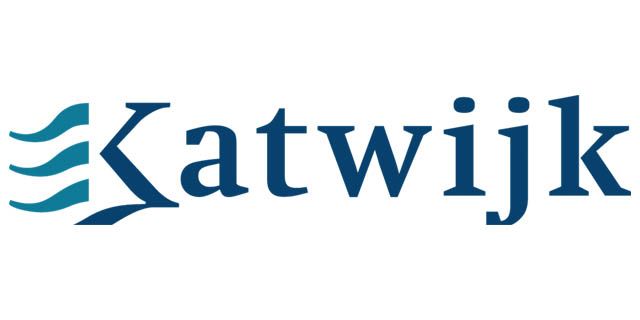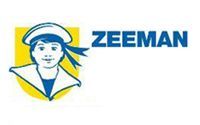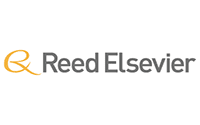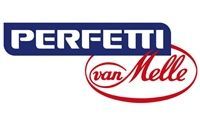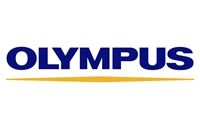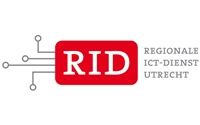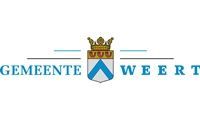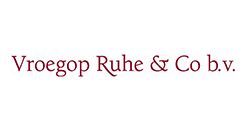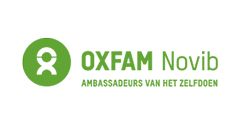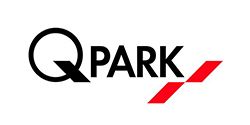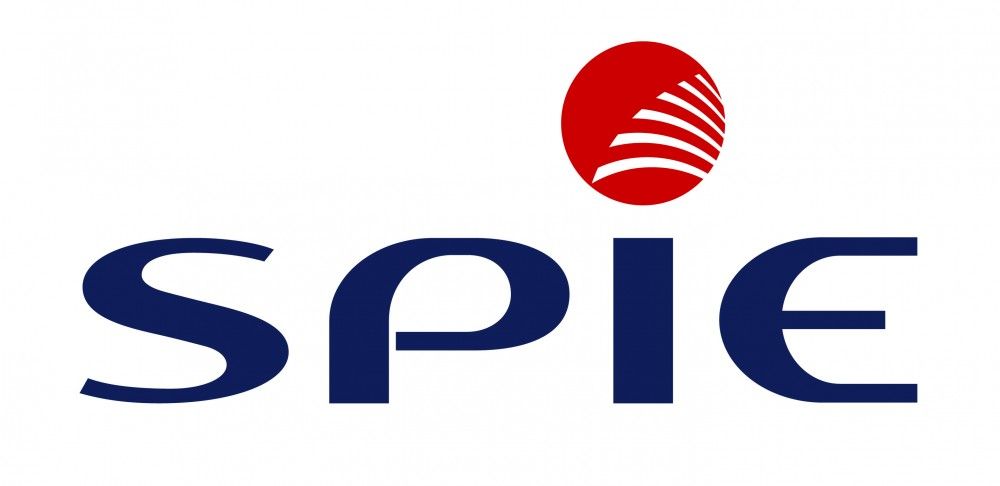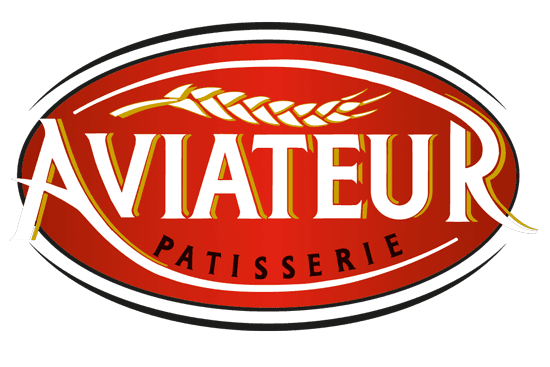Cursusbeschrijving
In this course students will learn essential programming skills and techniques that are required to develop Windows Store apps. This includes a combination of both design and development skills, as well as ensuring that students are comfortable using and making the most of the Visual Studio and Expression Blend tools.
{tab Doelgroep}
This course is intended for professional developers who have 1-2 years of experience creating client applications and who are comfortable programming in C# and have done some XAML-based programming.
{tab Voorkennis}
- 1 or more years of experience creating applications.
- 1 – 3 months experience creating Windows client applications.
- 1 – 3 months experience using Visual Studio 2010 or 2012.
{tab Certificering}
Deze cursus helpt cursisten in de voorbereiding op het examen 70-484
{tab Overige informatie}
This course will be delivered with digital courseware. In order to have the best learning experience you are asked to bring your own second screen to view the courseware. A second screen includes: tablets and laptops.
{/tabs} {slider Cursusinhoud|closed}
Module 1: Overview of the Windows 8 Platform and Windows Store Apps
This module describes the Windows 8 platform and features andthe basics of a WindowsStore app interface. It also explains how to create and style a simple WindowsStore app by using Visual Studio and Blend.
- Introduction to the Windows 8 Platform
- Windows 8 User Interface Principles
- WinRT and Language Projections
After completing this module, students will be able to:
- Describe the Windows 8 platform, architecture, and features.
- Explain the basics of the Windows 8 UI and Windows Store app experience and how it differs from Windows desktop apps.
- Explain the new API model, how it supports building Windows Store apps, and how it enables multiple language-specific projections.
Module 2: Creating User Interfaces using XAML
This module explains how to create the User Interface by using XAML, and howto style a simple WindowsStore app by using Visual Studio and Blend.
- XAML Basics
- XAML Code-Behind
- Advanced XAML
After completing this module, students will be able to:
- Describe the basic principles behind XAML.
- Use XAML and its code-behind collaboratively.
- Understand advanced XAML topics.
Module 3: Presenting Data
This module explains how to present data in the user interface using data binding.
- Working with Data Presentation Controls
- The GridView Control
After completing this module, students will be able to:
- Explain the different ways in which data can be displayed in Windows Store apps.
- Use the GridView control.
Module 4: Implementing Layout using Windows 8 Built-In Controls
This module explains howto implement the AppBar and layout controls.
- WinRT Controls
- AppBar Control
- Snapped and Fill
After completing this module, students will be able to:
- Describe the WinRT library and controls.
- Describe the app bar and explain the app bar functionality.
- Describe Snapped and Scale views and explain best practices.
Module 5: Handling Files in Windows Store Apps
This module explains how to handle files and streams.
- Handling Files and Streams in WindowsStore Apps
- Working with File User Interface Components
After completing this module, students will be able to:
- Work with files and streams using WinRT.
- Use WinRT pickers to display a selection UI.
Module 6: Windows Store App Process Lifetime Management
This module describes how to respond to application lifecycle events using Process Lifetime Management and the PLM extensibility points provided by the Visual Studio 2012 templates.
- Process Lifetime Management
- Launching WindowsStore Apps
- Implementing a State Management Strategy
After completing this module, students will be able to:
- Describe app states.
- Describe what happens to an app when it is sent to the background.
- Implement PLM event handlers.
Module 7: Working with Resources, Styles, and Templates
This module explains how to use templates when creating the user interface.
- Creating Shared Resources
- Creating Styles and Templates
After completing this module, students will be able to:
- Create shared resources.
- Create custom styles and templates.
Module 8: Designing and Implementing Navigation in a Windows Store App
This module explains how to handle navigation scenarios in a WindowsStore app and implement Semantic Zoom.
- Handling Navigation in WindowsStore Apps
- Semantic Zoom
After completing this module, students will be able to:
- Implement navigation in your apps.
- Explain what Semantic Zoom is, and how to use it in a Windows Store app.
Module 9: Implementing Windows 8 Contracts
This module explains how to design and implement Windows 8 contracts such as Search, Share and Settings.
- Designing for Charms and Contracts
- The Search Contract
- The Share Contract
- Managing App Settings and Preferences
After completing this module, students will be able to:
- Design apps to use charms and contracts.
- Implement the Search contract.
- Implement the Share Target and Share Source contracts.
- Describe the settings pane and add settings commands.
Module 10: Implementing Tiles and User Notifications
This module explains how to implement tiles and toast notifications in a WindowsStore app.
- Implementing Tiles, Live Tiles, Secondary Tiles and Badge Notifications
- Implementing Toast Notifications
After completing this module, students will be able to:
- Implement tiles, live tiles, and secondary tiles.
- Implement toast notifications.
Module 11: Designing and Implementing a Data Access Strategy
This module explains how to implement various data access scenarios for WindowsStore apps.
- Evaluating Data Access Strategies
- Working with Remote Data
After completing this module, students will be able to:
- Describe various data access strategies.
- Describe common use cases that occur while working with remote data.
Module 12: Responding to Mouse and Touch
This module explains howto respond to mouse, keyboard and touch events, including gestures.
- Working with Mouse Events
- Working with Gesture Events
After completing this module, students will be able to:
- Describe mouse events and touch gestures in Windows 8.
- Explain gestures handling best practices.
Module 13: Planning for Windows Store App Deployment
This module explains how to deploy their WindowsStore apps to the Windows Store or an enterprise store.
- The WindowsStore App Manifest
- WindowsStore App Certification
- Enterprise App Deployment
After completing this module, students will be able to:
- Change an app’s package manifest to meet the requirements of deploying to the Windows Store.
- Deploy an app to the Windows Store.
- Prepare an app for enterprise deployment.
{slider Doelstellingen}
- Describe review the Windows 8 platform and features, and explore the basics of a Windows app interface.
- Create the User Interface layout and structure by using XAML.
- Use data binding to present data in the UI.
- Implement the AppBar and layout controls.
- Handle files and streams.
- Respond to application lifecycle events using Process Lifetime Management and the PLM extensibility points provided by the Visual Studio 2012 templates.
- Use templates to create the UI.
- Handle navigation scenarios in a Windows Store app.
- Design and implement contracts such as Search, Share and Settings.
- Implement tiles and toast notifications in a Windows Store app.
- Respond to mouse, keyboard and touch events, including gestures.
- Deploy a Windows Store app to the Windows Store or an enterprise store.
{/sliders}
Excel Training Volgen?
Benieuwd naar de mogelijkheden van een Excel training? Vraag vrijblijvend meer informatie aan en we sturen je binnen 24 uur meer informatie op!
